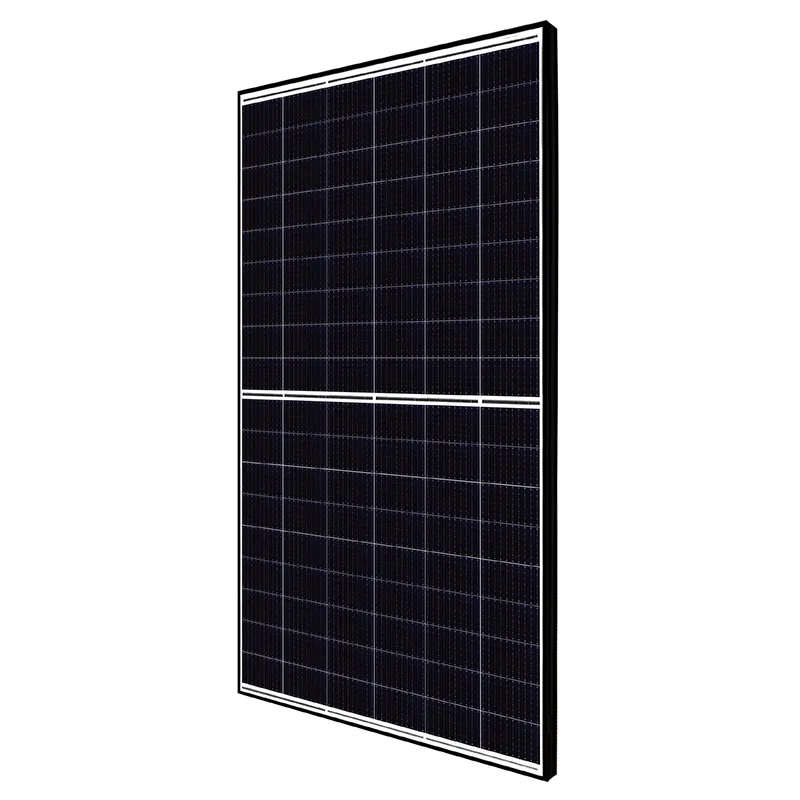solar panel inverter
Understanding Solar Panel Inverters A Key Component of Solar Energy Systems
As the world increasingly shifts towards renewable energy sources, solar power has emerged as one of the most popular options
. At the heart of any solar energy system lies a crucial component the solar panel inverter. This device plays a vital role in converting the energy harvested from the sun into a usable form, making it essential for households and businesses that aim to maximize their solar energy production.Solar panel inverters perform the critical function of converting direct current (DC) generated by solar panels into alternating current (AC), which is the form of electricity used to power most appliances and devices in our homes. Without inverters, the clean energy produced by solar panels would be unusable for everyday applications.
There are several types of solar inverters available on the market, each with its own unique features and benefits. The three main types are string inverters, microinverters, and power optimizers. String inverters are the most common choice for residential solar systems, as they connect multiple solar panels in series, thus simplifying the installation and reducing costs. However, they can be limited by the performance of the weakest panel in the series, leading to potential inefficiencies.
Microinverters, on the other hand, are installed on each individual solar panel, allowing each panel to operate independently. This means that if one panel is shaded or underperforming, it won’t affect the performance of the others. Microinverters can enhance overall system performance, particularly in installations where shading or varying orientations are issues. However, they tend to come at a higher upfront cost compared to string inverters.
solar panel inverter

Power optimizers can be seen as a middle ground between string inverters and microinverters. They are connected to each solar panel and maximize the energy output of each panel while still feeding into a central string inverter. This arrangement allows for better performance than a traditional string inverter system while generally being less expensive than a full microinverter setup.
Another consideration in choosing a solar panel inverter is the efficiency rating. The efficiency of an inverter refers to the ratio of the output power to the input power during the inversion process. Higher efficiency ratings mean more of the harvested solar energy is converted into usable electricity, which ultimately translates to better overall performance and savings on energy bills.
In addition to efficiency, durability and warranty are also critical factors to consider when selecting a solar inverter. Most reputable manufacturers offer warranties ranging from 5 to 25 years, reflecting the expected lifespan of the product. Given the role that inverters play in solar energy systems, a reliable inverter is essential for long-term energy production.
In conclusion, solar panel inverters are indispensable components of solar energy systems, enabling the efficient conversion of solar energy into usable electricity. By understanding the different types of inverters available, their efficiencies, and their warranties, consumers can make informed decisions that align with their energy needs and sustainability goals. As the push for renewable energy continues to grow, investing in quality solar inverters will contribute significantly to the efficiency and effectiveness of solar energy systems worldwide.
-
Unlocking Energy Freedom with the Off Grid Solar InverterNewsJun.06,2025
-
Unlock More Solar Power with a High-Efficiency Bifacial Solar PanelNewsJun.06,2025
-
Power Your Future with High-Efficiency Monocrystalline Solar PanelsNewsJun.06,2025
-
Next-Gen Solar Power Starts with Micro Solar InvertersNewsJun.06,2025
-
Harnessing Peak Efficiency with the On Grid Solar InverterNewsJun.06,2025
-
Discover Unmatched Efficiency with the Latest String Solar InverterNewsJun.06,2025







